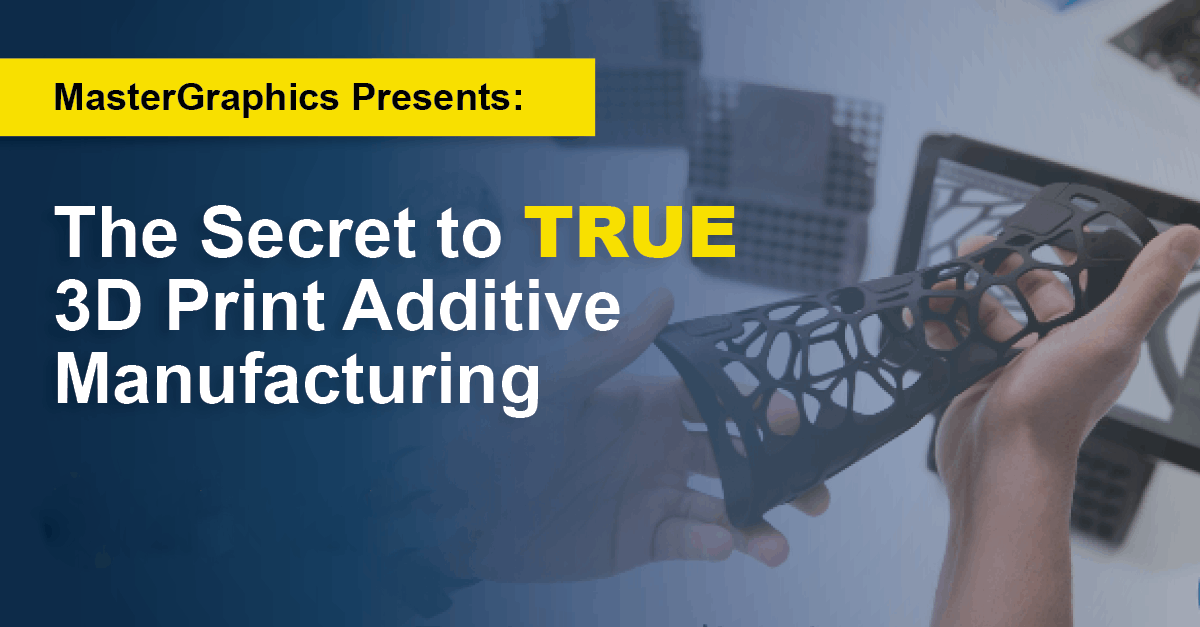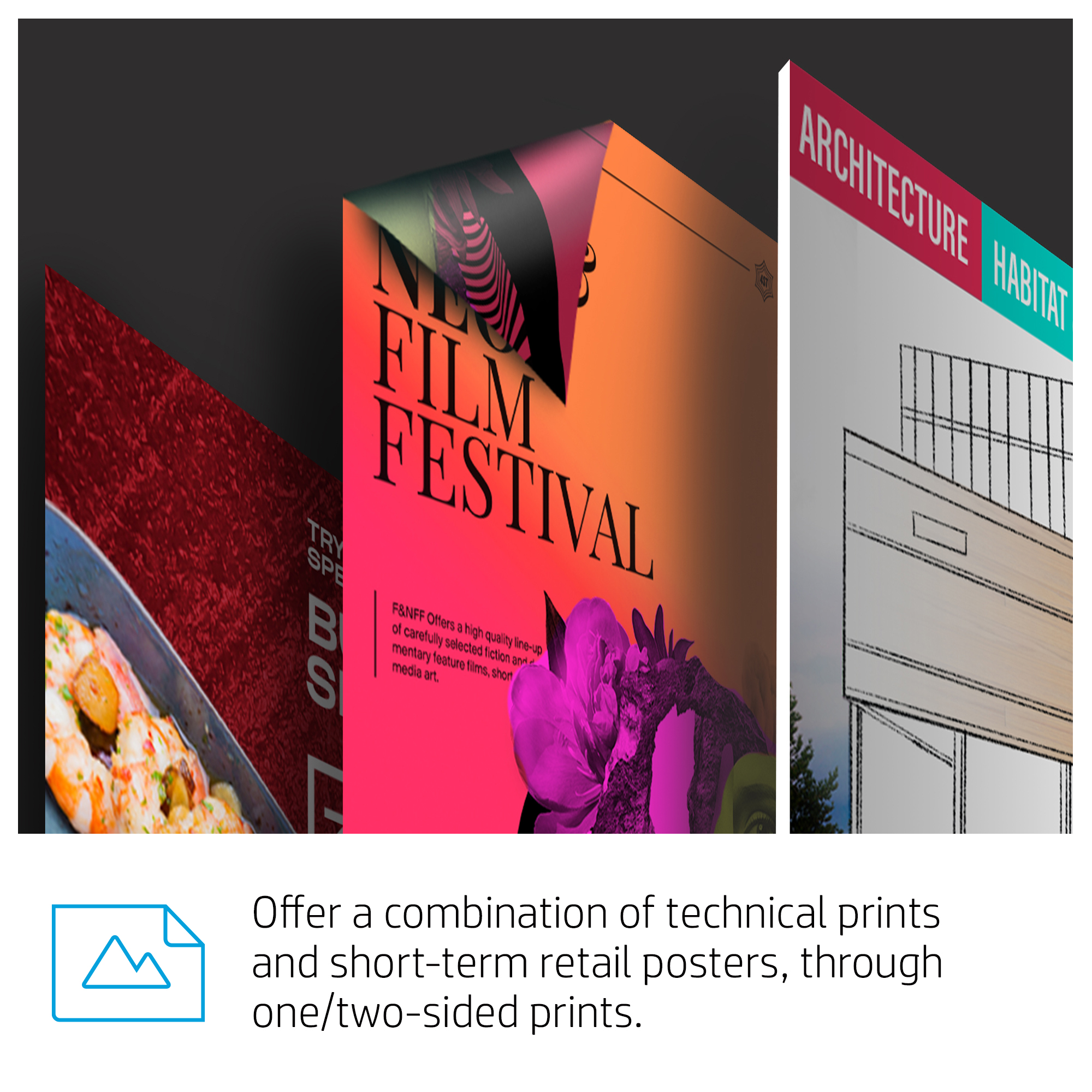Affordable SLS Face-Off
Full disclosure that I run a business that resells Sinterit 3D printers, however, know going into this at the end both systems earn high praise. The reason I wanted to write this is that I believe both these systems are revolutionary and open 3D print applications that until their introductions were not obtainable without 100K plus in investment. When you figure in all the needed support solutions for these SLS printers, the price to fully implement both these systems are around 30-35K.
The FUSE 1 printer is $18,499 and Lisa X $21,900 however, this is before adding post-processing equipment, material management solutions, etc... Know going into this, that you will need the right workflow to effectively implement the printers. It also must be noted that the Lisa X was introduced in 2022 to expand Sinterit's portfolio from the Lisa Pro.
Sinterit states the Lisa X is 10X faster than the Lisa Pro.
Whether you are a prototype shop, manufacturing support, or product development, SLS at this price is game-changing.
Fuse 1 Lisa X
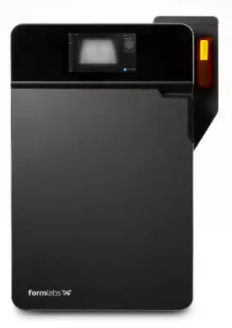
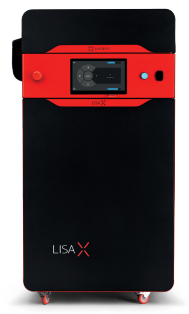
First note — both use Selective Laser Sintering (SLS) technology. SLS is an additive manufacturing (AM) technology that uses a high-power laser to sinter small particles of polymer powder into a solid structure based on a 3D model. SLS 3D printing has been a popular choice for engineers and manufacturers for decades. Low cost per part, high productivity, and established materials make the technology ideal for a range of applications from rapid prototyping to small-batch, bridge, or custom manufacturing.
Until the launch of these products, if you needed strong parts at a lower investment point most users leveraged Fused Deposition Modeling (FDM) or Fused Filament Fabrication (FFF). The advantage of SLS is in most cases the printing is faster, the parts are stronger isotopically. Additionally, the SLS printing process most notably discards the need for support material (as there is unsintered powder all around the object being printed) facilitating the creation of complex and interlocking forms and allowing the packing of parts in a print "box" to increase throughput 10-20X faster than FDM/FFF. There are of course high-end FDM machines that increase speed but when comparable price points, these units bring capability in-house never attainable before.
Comparison 1: Build Chamber Size
Lisa X: 13" x 7.1" x 5.1"
Fuse 1: 11.8" x 6.5" x 6.5"
Overall, build volume very similar
Comparison 2: Materials
Lisa X: 9 materials - variations of nylon (11 & 12), TPE, and TPU, ESD powder
Fuse 1: 2 materials - Nylon 12 and Nylon 11
Lisa X has a wider range of materials — however, the Fuse runs the most common SLS materials. One additional note, Lisa X has the ability to hook up gas to improve the output of materials such as PA11.
Comparison 3: Price
Lisa X: $21,900
Fuse 1: $18,499
As mentioned above, once you add the needed support equipment both systems range between 30-35K
Comparison 4: Speed
Lisa X: Full Build at 11% Density — est. 35 hours (with cooling)
Fuse 1: Full Build at 11% Density — est. 49 hours (with cooling)
Lisa X excels and can be upwards of 30% faster. When you increase your pack density the difference becomes greater. The real note, is the speeds 10-20X times faster than tabletop FDM/FFF printers.
Comparision 5: Print quality — PA12
Lisa X: Very good quality SLS parts with nice surface finish, strong thin walls.
Fuse 1: Very good quality SLS parts with very good mini hole features.
Once again, both systems offer a high-quality part for the price point and nice output. A true step up from FDM/FFF.

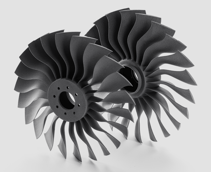
Fuse 1 Part Lisa X Part
Comparison 6: Part Cost PA12
Lisa X: $ 150kg
Fuse 1: $ 100kg
The Lisa X is more expensive for material but due to its higher refresh ratio, the operating cost for both systems is similar. The Lisa X is an open system so you have more flexibility to use different media to possibly reduce your cost.
In the end, they are both viable and very good systems. If you are running multiple desktop FDM units and/or outsourcing SLS parts, this could be your ticket to a faster turnaround time. I would also assume reduce your overall cost as well. There are some additional differences so I encourage you to do your research more and for Lisa X we can certainly help you understand its strengths and weaknesses better.
These are game-changing — take the time to look closer.
If you want more information on the unit, feel free to visit us at www.mastergraphics.com or contact me directly at kevin.carr@mastergraphics.com


